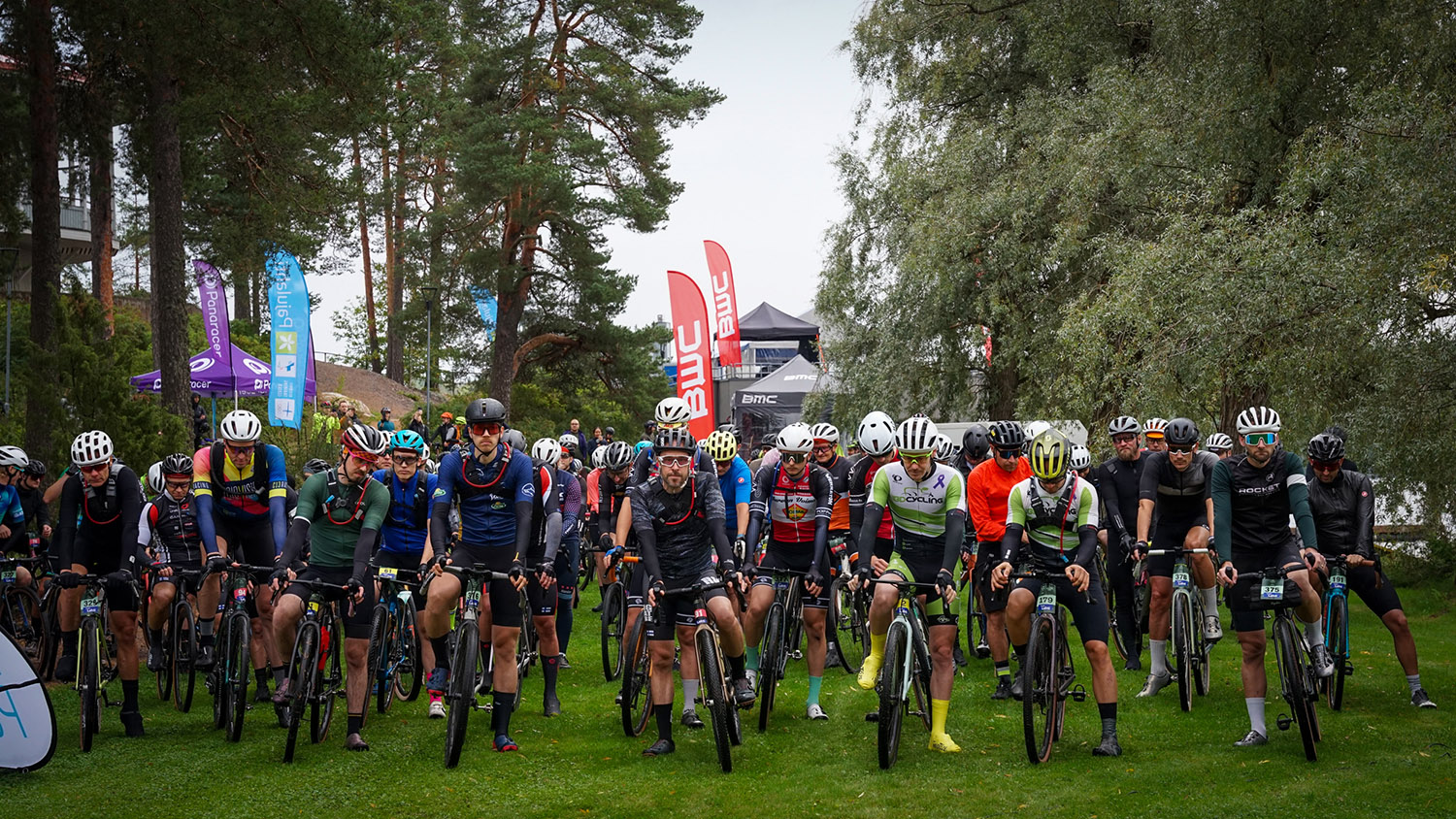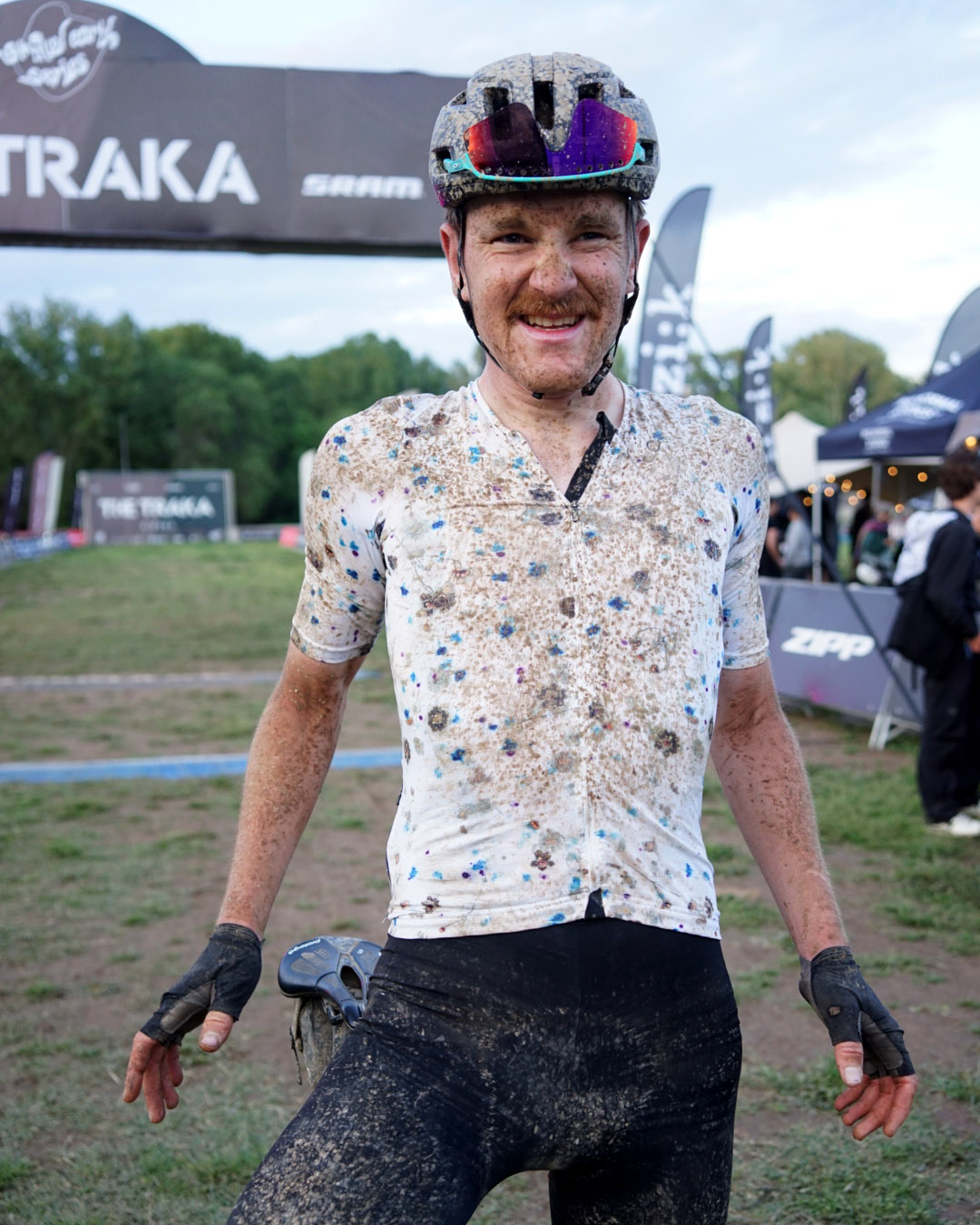Joonas Henttala, a coach and a Nordic Gravel Series team member, has more than 10 years of experience in the professional peloton. In 2023, after ending his road cycling career, he turned to coaching and gravel event organizing, took up trail running as his personal challenge while also riding gravel.
We got in touch with Joonas to get some tips for a gravel race. Read on and be ready for a big, fun day out!
Progressively build your fitness
Gravel races are long and require a strong, aerobic base, which is built by spending quality time in zone 2 and later layering higher intensities and race spesific efforts on top.
Joonas says that consistency and progressively adding training load are the keys to successful endurance training.
“Riding one hour five times weekly is a better start than a five-hour smash-fest once a week. After your body starts to adapt, you can progressively add more training load. It does not make sense to do a huge hero ride way beyond your limits on the weekend and then recover from it the entire following week. The body simply can’t assimilate that and progress will be slow. The aerobic needs required in a long event or race need consistent stimulus over long periods of time.”
The slower speeds and smaller groups make the power output on gravel slightly different from the road.
“On the road there’s often more coasting and higher power peaks, while gravel riding is more grinding, keeping constant pressure on the pedals,” Joonas explains.

Get comfortable riding in a group. (Image: NGS/Falling Leaves Lahti)
Practice your bike handling
Solid bike handling skills are essential as gravel riding can get technical, almost like mountain biking. Especially if your background is in road cycling, practicing your bike handling can be very beneficial.
“If you come from the road, you may assume there’s grip everywhere. But gravel is different. You must learn to find the grip on a surface that’s moving underneath you. Practice different kinds of turns on different surfaces.”
Mountain bikers are comfortable with the varied terrain. For them, Joonas recommends getting comfortable riding in a big group. The first hour of a gravel race can be especially hectic. Still, you should be able to stay relaxed and not get intimidated by leaning on one another or touching handlebars with someone.
“Joining a few group rides before taking part in a gravel race is definitely a good idea. After a few of them, you will start to feel more comfortable,” he promises.
“Solid bike handling skills and experience from group riding help you save energy, too.”
Get to know the course
Knowing the course well is definitely beneficial. However, pre-riding the entire course is often not an option as the distances of gravel events are so long. That’s when the Suunto app comes in handy: Import the route GPX file to the Suunto app (or sync it from a compatible partner service, like Strava or Komoot) and study the course. Look at the altitude profile to identify the big climbs – and descents.
“Try to save some energy for the big climbs. That’s where the strong riders will make their moves,” Joonas instructs.
“That same applies to other parts of the course as well: Try to save energy when riding easy sections, like roads. When the riding gets more technical and the speeds slower, be prepared to hammer.”
The map in the Suunto app is a great way to identify those key sections: Look at the roads, tracks and trails. How wide are they? When is it getting technical? If, for example, a road narrows to a single track, you don’t want to be in the back of the group and stuck in a traffic jam. Take your positions early.

The fun is about to get real! (Image: NGS/Falling Leaves Lahti)
Refuel early
In a long endurance event, a steady pace would be optimal – but often far from reality in gravel races. If you want to stay in the front, the first hour is decisive: You must weigh whether you can afford to ride a little too fast in the beginning to stay with the group without bonking.
Try to also conserve energy: Draft in the group and remember to start refueling already at the beginning of the long race. If you don’t refuel during the first hour, you will have to pay for the consequences later.
“Riding should feel hard, but not so hard that after the first hour, you’ll start to question if you’ll be able to finish the race,” Joonas says.
Having the necessary energy in the bottle for the first hour might be a good idea. This way you don’t need to mess with gels and bars in the heat of the early part of the race.
Remember what’s important
People take part in gravel events with quite different approaches: some are there to win, others to test their own limits. Some simply want to have a good time on the bike and make new friends.
“Gravel races are quite different from road races. Even in the lead group people chat and have smiles on their faces. I certainly hope it stays this way,” says Joonas.
Whatever your goal, ride hard but be polite and considerate of others.
“If you cross the finish line with emptly legs and a big muddy smile on your face, the day has been successful – whatever your goal!”
 Coach Henttala himself after Traka 360 in Girona in May 2024.
Coach Henttala himself after Traka 360 in Girona in May 2024.